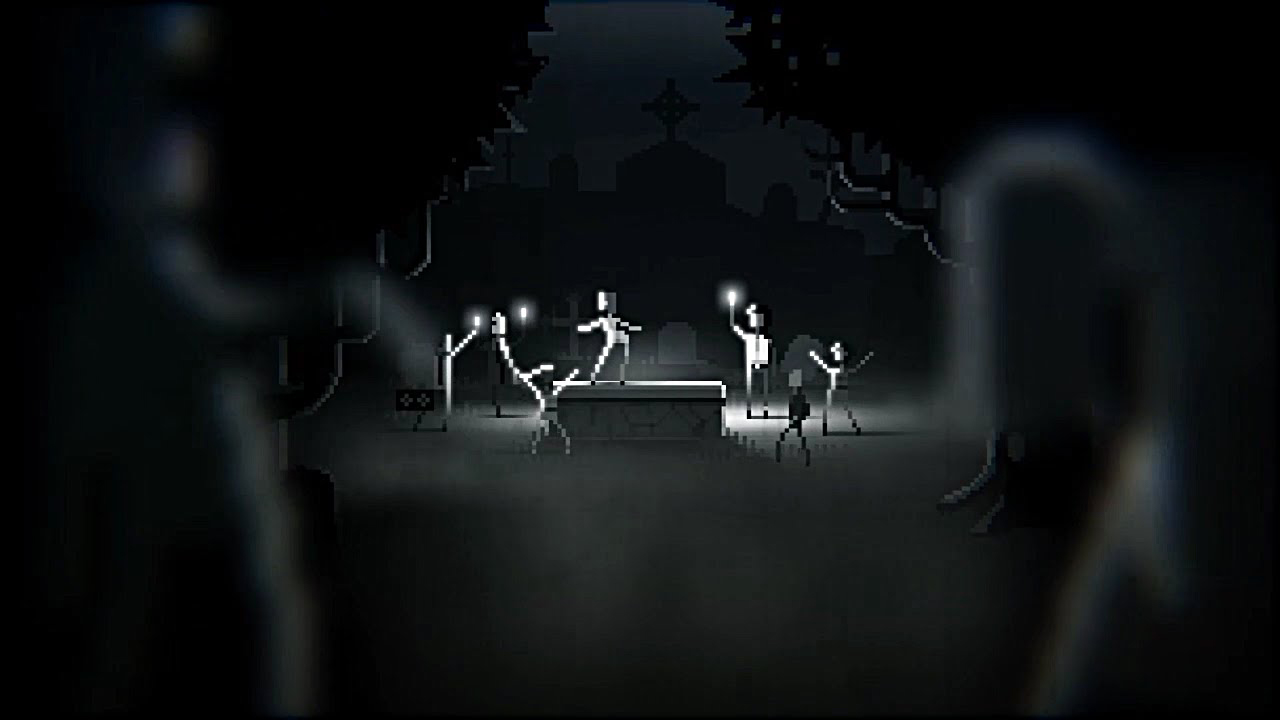
The moment when a mainstream literary writer finds herself turning to SF is thus - whatever the individual sincerity of the writer’s commitment to the genre - already doubly coded as a crisis, one both literary and political. Cormac McCarthy’s The Road, Margaret Atwood’s Oryx and Crake, Kazuo Ishiguro’s Never Let Me Go, and Gary Shteyngart’s Super Sad True Love Story are just the most prominent examples. It may be for this reason, too, that dystopia and apocalypse have become the subgenres of choice for writers who have decided to leave the verdant pastures of literary art to try their hands at SF.

The genre - which always bears with it the threatening knowledge that the world might change inexorably, beyond human control, or at least beyond the control of those who are humanistically inclined - cannot be ignored, because the signs of our world’s deepening state of crisis (political, technological, environmental) cannot be ignored. What is dystopian about Clowes’s comic cover is very precisely that SF cannot be ignored, that it disrupts the bourgeois regularity and comfort that informs the imagination of hypothetical readers of The New Yorker. This subgenre, by Amis’s account, mocks ideas of progress in its humorous rendition of dystopian futures. Indeed, the lure of the so-called low genres - and SF in particular - has long proven irresistible to those who otherwise fashion themselves as literary types, at least since Kingsley Amis’s classic 1960 study of the genre, New Maps of Hell.Ĭlowes’s New Yorker cover is, in fact, a perfect example in miniature of the subgenre Amis called the “comic inferno” - humorous dystopias such as those written by Frederick Pohl, C.M. After all, one wouldn’t expect Asimov’s Science Fiction to run a special issue featuring “literary fiction,” but publications like the New Yorker apparently do feel the need for a science fiction issue, perhaps trying to freshen themselves up by tapping into the unruly energies of a disreputable genre. The genre now comfortably occupies university syllabi, best-of lists, and handsome Library of America editions - though some hardened highbrows might suspect its popularity is more a function of marketing than of quality.įor all its brilliance, Clowes’s trope of invasion makes an important mistake, failing to note that the invasion is largely moving in the other direction. The trope of invasion is doubly brilliant, first because the invasion plot is a mainstay of SF and second because the trope captures quite neatly what it must feel like for some literary intellectuals to be forced to confront the increasing cultural cachet of SF, to face its meteoric rise over the last thirty years from lowbrow genre to literary respectability.

A smiling man in a space suit, a robot, and a green alien with tentacles are poised to step through the portal, over a pile of books, knocked from a tall bookshelf, into a room of well-dressed literary intellectuals who, it goes without saying, look less than pleased at the pending invasion.

In the tableau, drawn by cartoonist Daniel Clowes, a gap has ripped open in space-time during a genteel cocktail party. THE COVER OF THIS past summer’s special science fiction issue of The New Yorker depicts what, for at least some of the magazine’s loyal subscribers, must have been a horrifying scene.


 0 kommentar(er)
0 kommentar(er)
